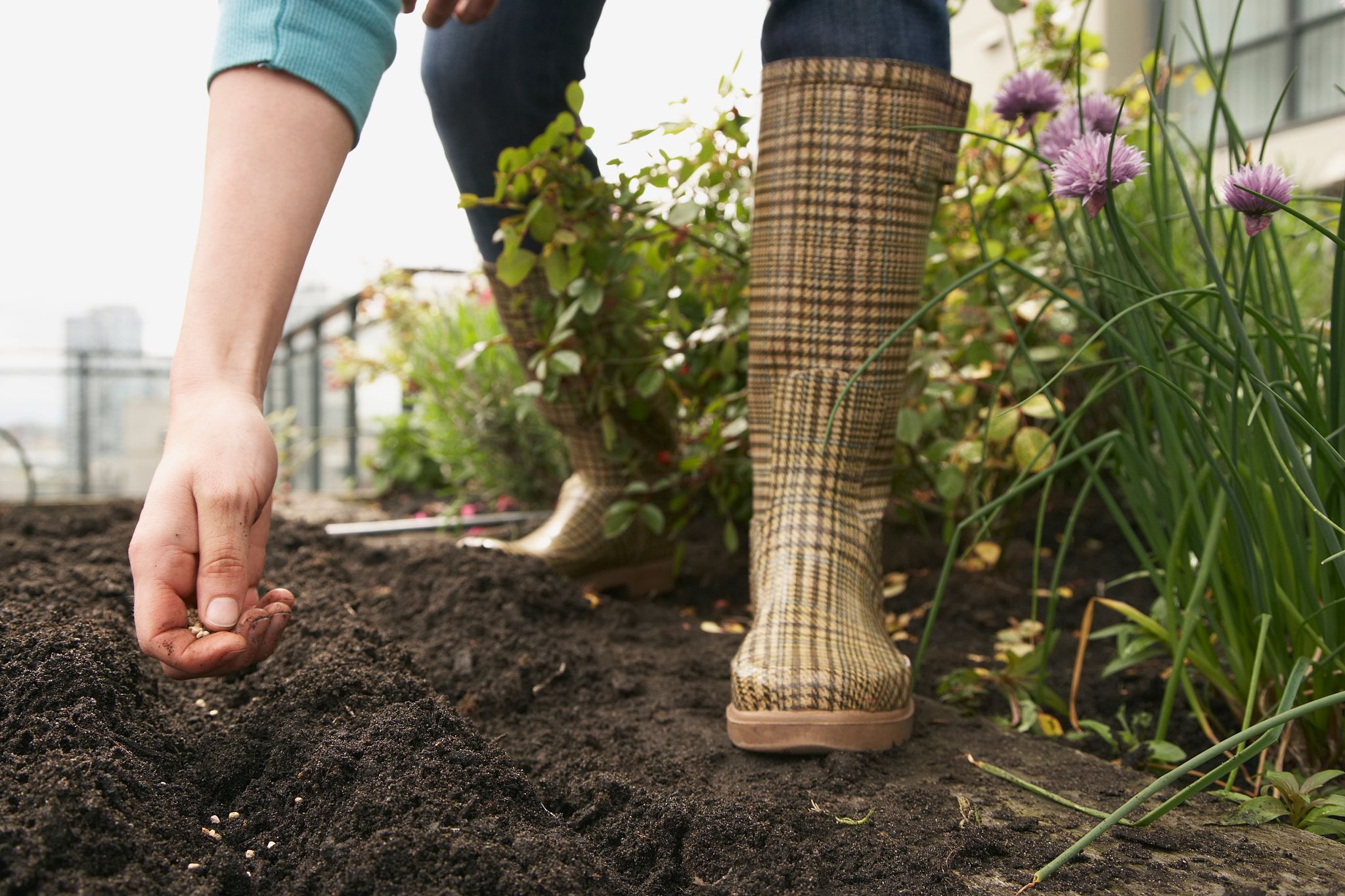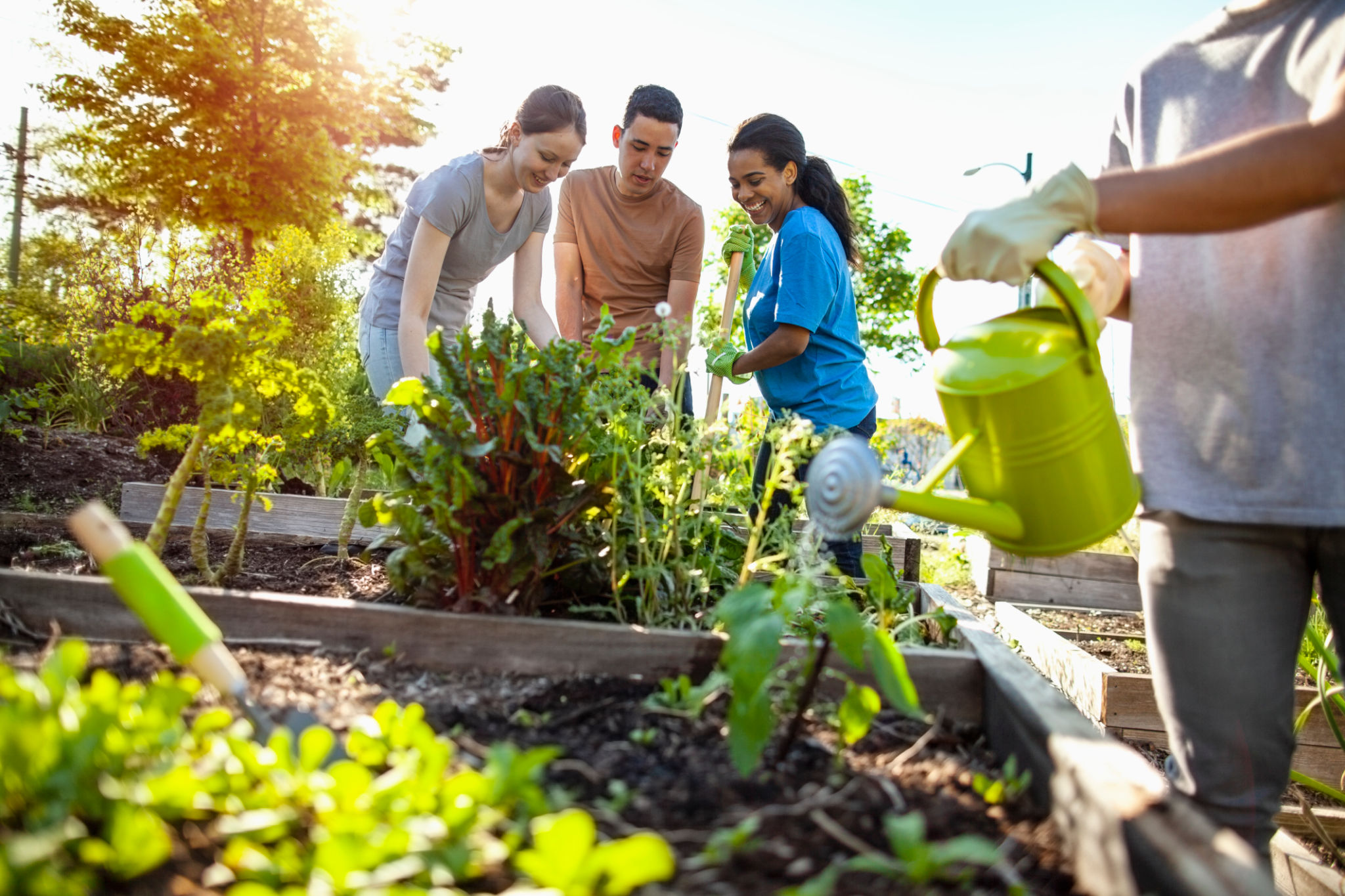From Seed to Harvest: A Student's Journey in Gardening Education
The Seed of Curiosity
Gardening is more than just a hobby; it's a journey of discovery and learning. For students, diving into the world of gardening offers a unique educational opportunity that combines science, patience, and creativity. The process begins with a single seed, sparking curiosity and wonder in young minds.
The initial phase of gardening education often focuses on understanding the basics of plant biology. Students learn about different types of seeds, the conditions they need to germinate, and the role of soil, water, and sunlight. This foundational knowledge sets the stage for more hands-on experiences.

Planting the Seeds of Knowledge
Once students grasp the fundamentals, they move on to the practical aspect of planting. This hands-on experience is vital as it connects theoretical knowledge with real-world application. Students get their hands dirty, literally, as they plant seeds and tend to seedlings.
During this stage, they learn about the importance of spacing, depth of planting, and how different plants have unique needs. This is where patience is cultivated, as students must wait days or even weeks to see the fruits of their labor begin to sprout.

Nurturing Growth Through Observation
As the seedlings grow, students engage in regular observation and maintenance tasks. This stage teaches them about the importance of consistency and care in nurturing life. They learn to identify signs of healthy growth as well as potential problems such as pests or diseases.
Gardening education encourages students to keep journals or logs, documenting their observations and any changes in their plants. This practice not only reinforces scientific inquiry but also helps develop critical thinking and problem-solving skills.

Understanding the Science Behind Growth
Beyond practical skills, gardening provides a platform for exploring complex scientific concepts such as photosynthesis, the water cycle, and ecosystems. Students can conduct experiments to understand how different variables affect plant growth.
This deeper dive into science helps demystify these processes, making them accessible and engaging for students. By seeing how these concepts play out in their gardens, students gain a tangible connection to the natural world.
From Bloom to Harvest
As plants mature, students experience the joy of seeing their efforts come to fruition—literally. Harvest time is both rewarding and educational, offering lessons in sustainability and the value of fresh produce.
This stage provides an opportunity to discuss topics such as nutrition, food systems, and environmental impact. Students learn how their small garden fits into larger ecological and societal contexts.

Reflecting on the Journey
The journey from seed to harvest is a transformative one for students. It fosters a sense of responsibility and achievement as they witness the lifecycle of their plants. Reflecting on this process allows students to appreciate the intricacies involved in cultivating life.
In addition to academic learning, gardening education instills important life skills such as patience, perseverance, and teamwork. These lessons extend far beyond the garden, shaping well-rounded individuals ready to tackle future challenges.
The Impact on Future Generations
Gardening education has a lasting impact on students, shaping their perspectives on nature and sustainability. By engaging with their environment early on, they develop a lifelong appreciation for the natural world.
These experiences can inspire future careers in environmental science, agriculture, or conservation. Moreover, they help cultivate environmentally conscious citizens who value and protect the earth's resources.
